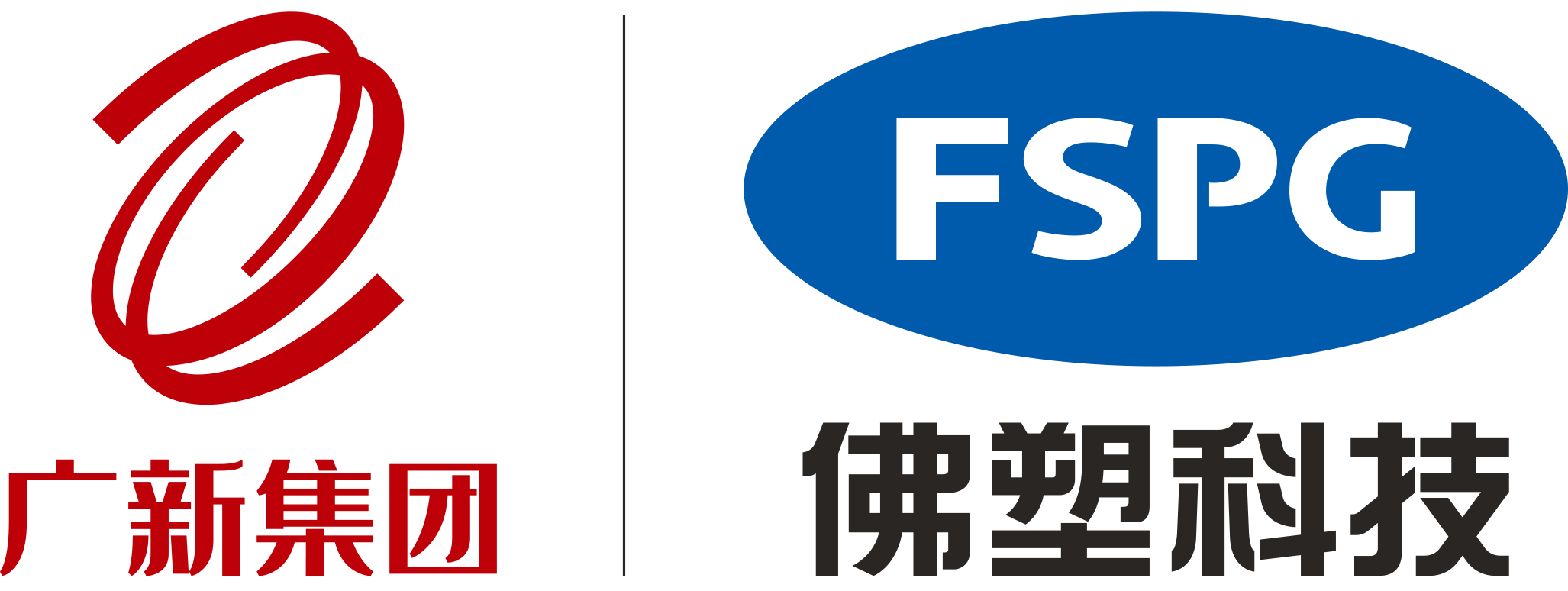Views: 0 Author: Site Editor Publish Time: 2024-08-06 Origin: www.fspgfilm.com








Biaxially Oriented Polypropylene (BOPP) film is a type of polypropylene film that has been stretched in both the machine direction (MD) and across the machine direction (AMD). This biaxial orientation process enhances the film's strength, clarity, and barrier properties, making it an ideal material for various packaging and labeling applications. BOPP films are widely used in the food packaging industry, as well as in the production of labels, tapes, and other products that require a combination of durability, transparency, and printability.
The manufacturing process of BOPP film begins with the extrusion of polypropylene resin. The resin is melted and extruded through a flat die to form a thick sheet of polypropylene. This sheet is then cooled on a chill roll to form a solid film.
The solid film is then subjected to a biaxial orientation process, which involves stretching the film in both the machine direction (MD) and across the machine direction (AMD). This stretching process aligns the polymer molecules in both directions, resulting in a film with improved mechanical and barrier properties. The biaxial orientation process can be performed using either a tenter frame or a double bubble process.
After the film has been stretched, it is heat-set to lock in the molecular orientation and stabilize the film dimensions. This heat-setting process also improves the film's thermal stability and clarity.
BOPP film is known for its excellent mechanical properties, including high tensile strength, impact resistance, and dimensional stability. The biaxial orientation process significantly enhances these properties, making BOPP film a durable and reliable material for various applications.
BOPP film offers good barrier properties against moisture, gases, and aromas. This makes it an ideal material for food packaging, as it helps to preserve the freshness and quality of the packaged products. The barrier properties of BOPP film can be further enhanced by metallization or coating with other materials.
BOPP film has excellent optical properties, including high clarity, gloss, and transparency. These properties make it an attractive material for packaging and labeling applications, as it allows for clear visibility of the packaged products and printed information.
The surface of BOPP film can be treated to enhance its printability and adhesion properties. Common surface treatments include corona treatment and coating with primers or adhesives. These treatments improve the film's ability to accept inks, coatings, and adhesives, making it suitable for high-quality printing and lamination.
BOPP film is widely used in the food packaging industry due to its excellent barrier properties, mechanical strength, and clarity. It is commonly used for packaging snacks, confectionery, bakery products, fresh produce, and frozen foods. BOPP film can be used as a single-layer film or laminated with other materials to create multi-layer packaging structures with enhanced performance.
BOPP film is also used in the production of labels and tapes. Its excellent printability, clarity, and durability make it an ideal material for pressure-sensitive labels, wrap-around labels, and tamper-evident labels. BOPP film is also used to produce adhesive tapes for packaging, sealing, and other applications.
BOPP film is used in the stationery and graphic arts industries for applications such as book covers, folders, and laminates. Its high clarity, gloss, and printability make it an attractive material for these applications, providing a high-quality finish and protection for printed materials.
BOPP film is used in various industrial applications, including insulation, capacitors, and release liners. Its excellent mechanical and barrier properties, combined with its thermal stability, make it a suitable material for these demanding applications.
BOPP film is a cost-effective material for packaging and labeling applications. Its excellent mechanical properties and barrier performance allow for the production of thinner films without compromising on performance, resulting in material savings and reduced packaging costs.
BOPP film is an environmentally friendly material, as it is fully recyclable and can be produced with a lower carbon footprint compared to other packaging materials. Additionally, the ability to produce thinner films with the same performance characteristics reduces the overall material consumption and waste generation.
BOPP film is a versatile material that can be used in a wide range of applications, from food packaging and labeling to industrial and graphic arts applications. Its excellent combination of mechanical, barrier, and optical properties makes it suitable for various demanding applications.
Processing and handling BOPP film can be challenging due to its high stiffness and tendency to curl. Proper equipment and techniques are required to ensure smooth processing and handling of the film, especially in high-speed packaging and printing operations.
While BOPP film offers excellent performance on its own, it may need to be laminated or coated with other materials to achieve specific performance characteristics. Ensuring compatibility between BOPP film and other materials is essential to achieve the desired performance and functionality of the final product.
Although BOPP film is recyclable, the recycling infrastructure for flexible packaging materials is still developing in many regions. Ensuring proper collection, sorting, and recycling of BOPP film is essential to minimize its environmental impact and promote a circular economy.
Biaxially Oriented Polypropylene (BOPP) film is a versatile and high-performance material widely used in packaging, labeling, and various industrial applications. Its excellent mechanical, barrier, and optical properties, combined with its cost-effectiveness and environmental benefits, make it an ideal choice for many applications. However, proper processing, handling, and recycling considerations are essential to fully realize the benefits of BOPP film and minimize its environmental impact.
Home | Products | Green Product | Contact Us | Sitemap | Privacy Policy
